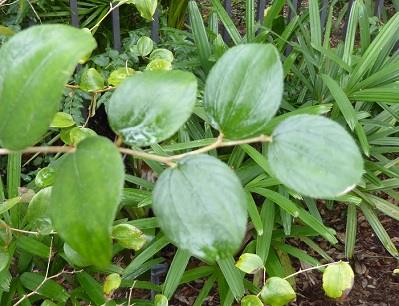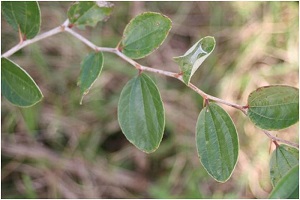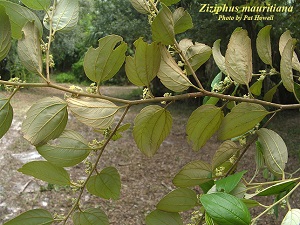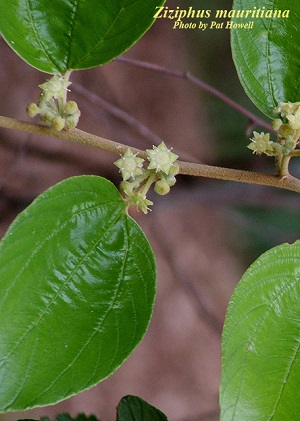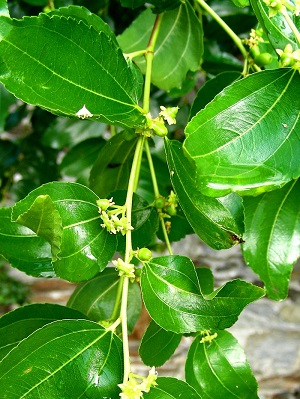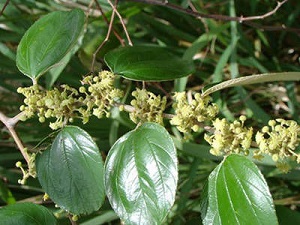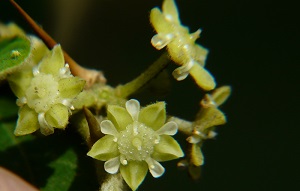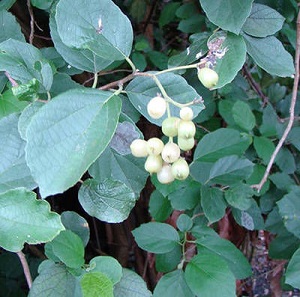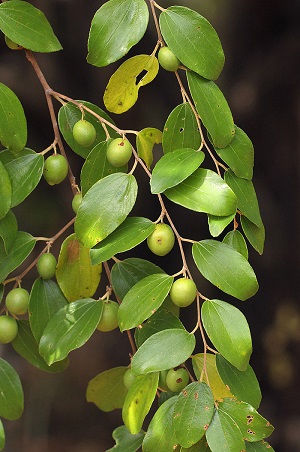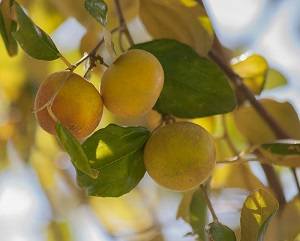| Jujube, Indian - Ziziphus Mauritiana | |||||||||||||||||||||
|---|---|---|---|---|---|---|---|---|---|---|---|---|---|---|---|---|---|---|---|---|---|
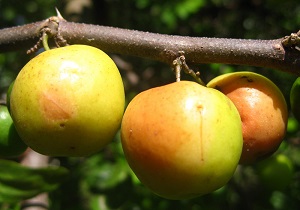 Fig. 1  The edible fruits of Ziziphus mauritiana (Rhamnaceae), cultivated in the drier parts of the tropics 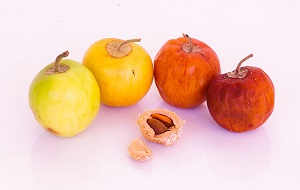 Fig. 2  Z. mauritiana, from Malika, Senegal, showing various stages of ripeness and drying. Stone, foreground, contains two seeds. 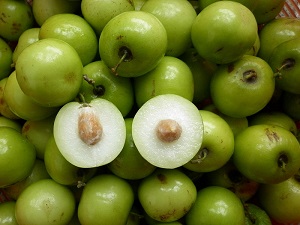 Fig. 3  Z. mauritiana fruit 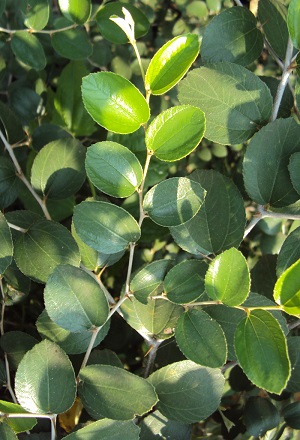 Fig. 4  Z. mauritiana (Indian jujube) 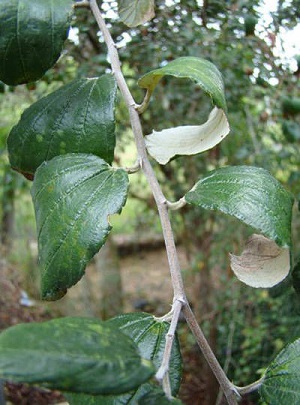 Fig. 5  Z. mauritiana leaf habit 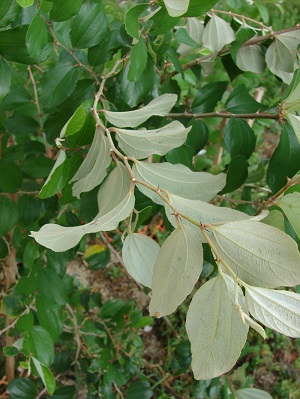 Fig. 6 Z. mauritiana (Indian jujube). Leaves, PWA Shop Sand Island, Midway Atoll, Hawai'i. 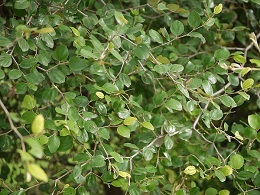 Fig. 10  Z. mauritiana 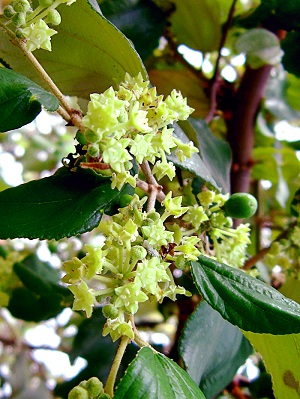 Fig. 11  Vietnamese: Hoa táo ta hay táo chua, là loại cây ăn quả có tên khoa học Z. mauritiana, thuộc về họ Táo 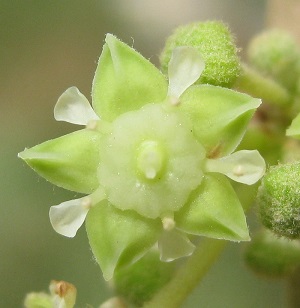 Fig. 12  The tiny flower of Z. mauritiana ("Maçanica", family Rhamnaceae) in Chimoio, Mozambique. The fruits are eaten in the whole country, but especially in the drier parts. 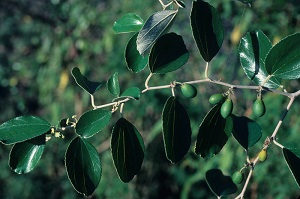 Fig. 17  Z. mauritiana fruit developing 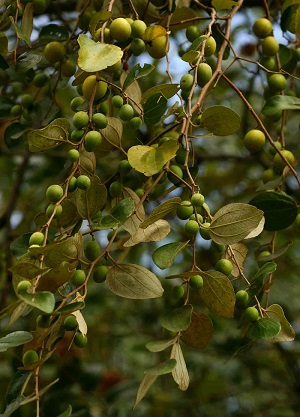 Fig. 18  Z. mauritiana Chitengo Camp, Gorongosa National Park habitat 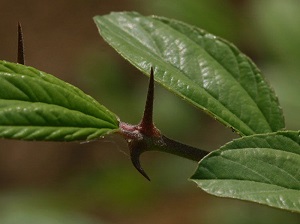 Fig. 22  Z. mauritiana College Rd, Alexandra Park, Harare habitat: roadside verge 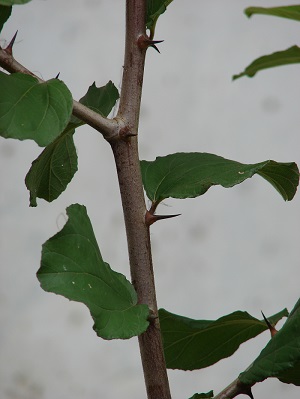 Fig. 23  Z. mauritiana (Indian jujube). Leaves and thorns. PWA Shop Sand Island, Midway Atoll, Hawai'i. 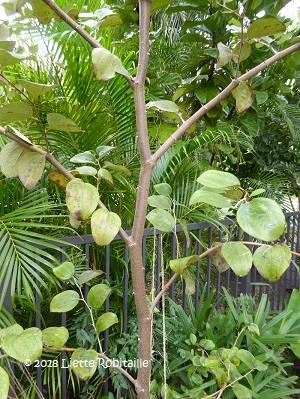 Fig. 24 Indian jujube branch habit 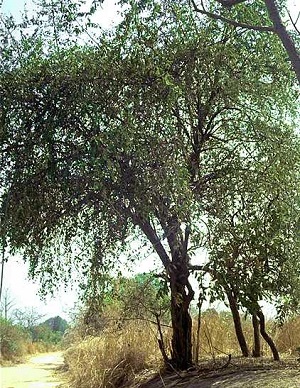 Fig. 25  Z. mauritiana in Central Africa where this Asian species is naturalized 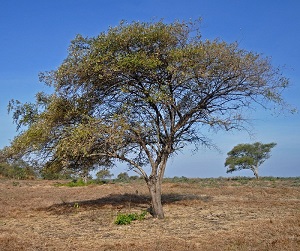 Fig. 26 Habits of wild Z. mauritiana from Bekol savanna, Baluran Nat. park, Indonesia 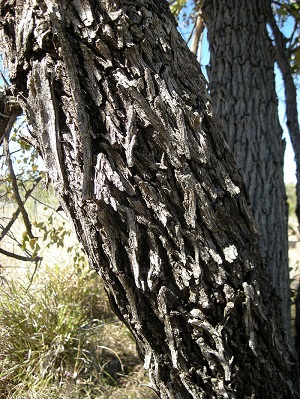 Fig. 27 Z. mauritiana, Mount Archer National Park, Rockhampton, Australia 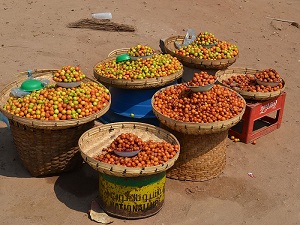 Fig. 28  Z. mauritiana Lam. masau fruits for sale at the Luangwa turn-off on Great East road, Zambia 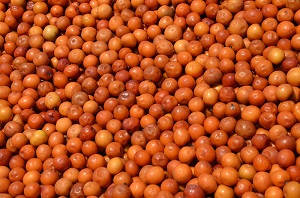 Fig. 29  Close-up of the masau fruits 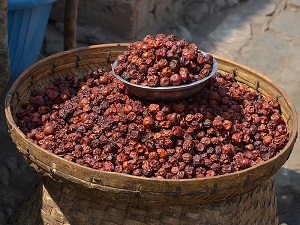 Fig. 30  Dried masau fruits for sale, Zambia |
Scientific
name Ziziphus mauritiana Lam. Pronunciation ZIZ-ih-fuss maw-rih-tee-AY-nuh Common names English: jujube, or Chinese date (which leads to confusion with the hardier species), Indian plum, Indian cherry and Malay jujube; Jamaica: coolie plum or crabapple; Barbados: dunk or mangustine; Trinidad and Tropical Africa: dunks; Queensland: Chinee apple; Venezuela: ponsigne or yuyubo; Puerto Rico: aprin or yuyubi; Dominican Republic: perita haitiana; French-speaking West Indies: pomme malcadi, pomme surette, petit pomme, liane croc chien, gingeolier or dindoulier; Philippines: manzana or manzanita ("apple" or "little apple"); Malaya: bedara; Indonesia and Surinam: widara; Thailand: phutsa or ma-tan; Cambodia, putrea; in Vietnam, tao or tao nhuc. In India it is most commonly known as ber, orbor 2 Synonyms Z. jujuba; Rhamnus jujuba; R. mauritiana; Z. aucheri; Z. jujuba var. fruticosa; Z. jujuba var. stenocarpa; Z. mauritiana var. deserticola; Z. mauritiana var. orthacantha; Z. orthacantha; Z.poiretii; Z. rotundata; Z. tomentosa 9 Relatives Chinese jujube (Ziziphus jujuba), Darling plum (Reynosia septentrionalis) Family Rhamnaceae (buckthorn family) Origin Southern Asia and eastern Africa 10 Uses Food; home landscape; used for shade and windbreaks; erosion control of coastal dune sand 3 Height Up to 26 ft (8 m) 10 Spread At least 30 ft (9 m) 10 Crown Spreading crown 3 Plant habit Evergreen, spiny shrub or small tree 3 Growth rate Fast; height increment on loose soil is 30 in. (75 cm) in 1 year and 3.9 ft (1.2 m) in 2 years 3 Longevity 50-75 year fruiting lifespan 1 Trunk/bark/branches Bark dark grey or dull black, irregularly fissured; stipular spines; drooping branches 3 Leaves Evergreen; variable, alternate, in 2 rows, oblong-elliptic; shiny green; hairless above; whitish underneath 3 Flowers Yellowish white; borne in clusters along the leafaxils; flowers from July to Sept. 4,5 Fruit Drupe; globose to ovoid; skin smooth or rough, glossy; flesh white, crisp, subacid to sweet 3 Season Fruit production occurs during the early spring months; might have a second crop during autumn as well 5 Light requirement Full sun Soil tolerances Can grow on a variety of soils including laterite, black cotton and oolitic limestone 3 PH preference Neutral or slightly alkaline Drought tolerance Drought tolerant Aerosol salt tolerance Tolerant Soil salt tolerance Tolerant Cold tolerance Sensitive to frost Plant spacing Untrimmed trees must be spaced at 36-40 ft (11-12 m); pruned trees 23-26 ft (7-8 m) 2 Roots Indian jujubes have a taproot and care must be taken if transplanting Invasive potential * Although Indian jujube is not widespread in Florida, the plant should be recognized early as a potentially invasive one. The spread of this plant in Australia is causing harm in various ecosystems in a climate very similar to that of Florida. 10 Pest/disease resistance Leaves are susceptible to become infested with a fungus; few insect problems 5 Known hazard Most varieties have sharp spines (Fig. 22) Reading Material Ziziphus mauritiana Lam., Agroforestree Database Indian Jujube, Fruits of Warm Climates Jujube, Zyzyphus spp., Manual Of Tropical And Subtropical Fruits Origin Indian Jujube’s origin is south to central Asia with records of its existence in India from 1000 B.C. It has become naturalized in tropical Africa, India, China and the Mediterranean where it is commercially important. 1 Origin and Distribution The Indian jujube is native from the Province of Yunnan in southern China to Afghanistan, Malaysia and Queensland, Australia. It is cultivated to some extent throughout its natural range but mostly in India where it is grown commercially and has received much horticultural attention and refinement despite the fact that it frequently escapes and becomes a pest. 2 Leaves Leaves variable, alternate, in 2 rows, oblong-elliptic, 2.5-6 x 1.5-5 cm, with tip rounded or slightly notched base; finely wavy-toothed on edges, shiny green and hairless above; dense, whitish, soft hairs underneath (Fig. 6). 3 The major veins in the leaves are nearly parallel (Fig. 22). 10
Fig. 8. Branches of Indian jujube typically zigzag, with a thorn and leaf at nearly every angle 10 Flowers Inflorescence axillary cymes, 0.4-0.8 in. (1-2 cm) long, with 7-20 flowers; peduncles 0.07-0.11 in. (2-3 mm) long; flowers 0.07-0.11 in. (2-3 mm) across; pedicels 0.11-0.3in. (3-8 mm) long; calyx with 5 deltoid lobes, hairy outside, glabrous within; petals 5, subspathulate, concave, reflexed. 3 Flowers of the Indian jujube are small and inconspicuous, greenish-white, and emit an unpleasant odor. 10
Fig. 13. Fleurs de jujubier (flowers) Fig. 15. Z. mauritiana flowers Fig. 16. Rhamnaceae (buckthorn family) Z. mauritiana flowers close-up Pollination Pollen of the Indian jujube is thick and heavy. It is not airborne but is transferred from flower to flower by honeybees (Apis spp.), a yellow wasp (Polister hebraeus), and the house fly (Musca domestica). The cultivars 'Banarasi Karaka', 'Banarasi Pewandi' and 'Thornless' are self-incompatible. 'Banarasi Karaka' and 'Thornless' are reciprocally cross-incompatible. 2 Fruit development takes 4 months in early cultivars to 6 months in late ones. 3 Fruit Fruit a drupe, globose to ovoid, up to 2.4 x 1.6 in. (6 x 4 cm) in cultivation, usually much smaller when wild; skin smooth or rough, glossy, thin but tough, yellowish to reddish or blackish; flesh white, crisp, juicy, subacid to sweet, becoming mealy in fully ripe fruits. Seed a tuberculate and irregularly furrowed stone, containing 1-2 elliptic brown kernels each 6 mm long. 3 Fruiting starts after 3-5 years and is usually very abundant. 3 At maturity, fruits are generally light yellowish orange to almost brown in color. Many people say that when these are eaten fresh, they have flavor somewhat resembling that of a green apple. Older fruits which have been allowed to sit for a few days before being eaten often will have a flavor almost like a date. 5
Fig. 19. Fruit developing. Fig. 20. Z. mauritiana, Bue Maria, Gorongosa National Park. Habitat: Disturbed area In shade of trees on wooded rocky outcrop. Fig. 21. Ponsigue (Z. mauritiana) in Margarita island. Harvesting The crop ripens intermittently from July through October. Under favorable circumstances, a tree may produce crops exceeding 100 pounds. Change in color is the primary factor for determining fruit maturity. The fruit can be stored for about a week at room temperature. Dried fruit will keep for several months. 6 Propagation The Indian jujube is widely grown from seeds, which may remain viable for 2 1/2 years but the rate of germination declines with age. Superior selections are grafted or budded onto seedlings of wild types. Vegetative propagation of highly prized varieties was practiced near Bombay about 1835 but kept secret until 1904, and then was quickly adopted by many people. Ring-budding has been popular in the past but has been largely superseded by shield-budding or T-budding. Grafted plants are less thorny than seedlings. 2 To select seeds for growing rootstocks, the stones must be taken from fruits that have fully ripened on the tree. They are put into a 17 to 18% salt solution and all that float are discarded. The stones that sink are dipped in 500 ppm thiourea for 4 hours, then cracked and the separated seeds will germinate in 7 days. Seeds in uncracked stones require 21 to 28 days. If seeds are sown in spring, the seedlings will be ready for budding in 4 months. 2 Culture Z. mauritiana is a hardy tree that copes with extreme temperatures and thrives under rather dry conditions. Fruit quality is best under hot, sunny and dry conditions, but there should be a rainy season to support extension growth and flowering, ideally leaving enough residual soil moisture to carry the fruit to maturity. It is known for its ability to withstand adverse conditions, such as salinity, drought and waterlogging. 3 Pruning Pruning should be done during the first year of growth to reduce the plant to one healthy shoot, and branches lower than 30 in (75 cm) should be removed. At the end of the year, the plant is topped. During the 2nd and 3rd years, the tree is carefully shaped. Thereafter, the tree should be pruned immediately after harvesting at the beginning of dormancy and 25 to 50% of the previous year's growth may be removed. Sometimes a second lighter pruning is performed just before flowering. There will be great improvement in size, quality and number of fruits the following season. 2 Fertilizing Trees should be fertilized two to three times a year with a good quality complete fertilizer for good growth and fruiting and the heaviest fruit production occurs during the early spring months. 5 Irrigation During hot weather and also in the period of fruit development, irrigation is highly beneficial. Water-stress will cause immature fruit drop. 2 Pests/diseases No serious pests or diseases bother the jujube in Florida. 6 Food Uses Fruit is eaten fresh or dried and can be made into a floury meal, butter, or a cheeselike paste, used as a condiment. Also used for candy making and pickling. The fruit is a good source of carotene, vitamins A and C, and fatty oils. A refreshing drink is prepared by macerating fruits in water. In Indonesia, young leaves are cooked as a vegetable. 3 If one has an abundance of fruit, it can be frozen for long periods without any deterioration of quality. 5 The India Jujube, Fifty Tropical Fruits of Nassau Medicinal Properties ** Leaves, fruits and bark are used medicinally. Pounded roots are added to drinking water and given to poultry suffering from diarrhoea and to humans for indigestion. 3 Other Uses In India, the leaves are also gathered to feed tasar silkworms; tasar silk, highly prized, is the only silk commercially exploited in the tropics. 3 In India, Z. mauritiana trees are a host for the lac insects, Kerria lacca, which are found on the leaves and make an orange-red resinous substance. The purified resin makes the high-quality ber shellac that is used in fine lacquer work and to produce sealing wax and varnish. 3 Z. mauritiana yields a medium-weight to heavy hardwood easy to work and takes a high finish. It is hard and strong. The wood is used for general construction, furniture and cabinet work, tool handles, agricultural implements, tent pegs, golf clubs, gun stocks, sandals, yokes, harrows, toys, turnery, household utensils, bowling pins, baseball bats, chisels and packaging. It is also suitable for the production of veneer and plywood. Basically, any product that needs a durable, close-grained wood can be made from it. 3 The bark, including the root bark, has served in tanning; when pounded and mashed in water, it yields brown and grey or reddish dyes. 3 Other Edible Ziziphus species: Chinese Jujube (Z. jujuba) General The name ‘Ziziphus’ is often erroneously written as Zizyphus. The generic name is derived from the latinized version of the Arabic vernacular name ‘zizouf’ for Z. jujuba. 3 Further Reading The Indian Jujube, Archives of the Rare Fruit Council of Australia The Indian Jujube, Tropical Fruit News, RFCI Biology and Control of Indian Jujube (Ziziphus mauritiana): A Weed to Watch in Florida Pastures and Natural Areas, University of Florida pdf List of Growers and Vendors |
||||||||||||||||||||
| Bibliography 1 "Indian Jujube, Ziziphus mauritiana, Rhamnaceae." ECHO Plant Information Sheet. ECHO 17391 Durrance Rd, N. Fort Myers FL 33917 USA. www.ECHOcommunity.org /en/resources/3baeb136-3865-4be0-8006-cb398ed52bb3. Accessed 16 Jan. 2018. 2 Fruits of Warm Climates. Julia F. Morton, Miami, 1987. 3 Orwa, C., et al. "Ziziphus mauritiana, Rhamnaceae." Agroforestree Database: a tree reference and selection guide, version 4.0, 2009, apps.worldagroforestry.org/treedb2/speciesprofile.php?Spid=1723. Accessed 11 Jan. 2018. 4 "The Indian Jujube." Archives of the Rare Fruit Council of Australia, March 1992, rfcarchives.org.au/Next/Fruits/Jujube/JujubeCulture3-92.htm. Accessed 16 Jan. 2018. 5 Joyner, Gene. The Indian Jujube. Rare Fruit Council International Miami RFCI, Tropical Fruit News, Dec. 1994. 6 Boning, Charles R. Florida's Best Fruiting Plants- Native and Exotic Trees, Shrubs, and Vines. Sarasota, Pineapple Press, 2006. 7 Facciola, Stephen. Cornucopia II, A Source Book of Edible Plants. Kampong Publications, 1998. 8 Whitman, William F. Five Decades with Tropical Fruit, A Personal Journey. Stuart, Quisqualis Books in cooperation with Fairchild Tropical Garden, 2001. 9 Wunderlin, R. P., et al. "Ziziphus mauritiana." Atlas of Florida Plants, [S. M. Landry and K. N. Campbell (application development), USF Water Institute, Institute for Systematic Botany, University of South Florida, Tampa, 2017, florida.plantatlas.usf.edu/. Accessed 16 Jan. 2018. 10 Sellers, Brent. "Biology and Control of Indian Jujube (Ziziphus mauritiana): A Weed to Watch in Florida Pastures and Natural Areas." Agronomy Dept., UF/IFAS Extension, SSAGR307, Original pub. date Aug. 2008, Revised Oct 2021, AskIFAS, edis.ifas.ufl.edu/ag313. Accessed 16 Jan. 2018, 10 Aug. 2022. Photographs Fig. 1 Rulkens, Ton. "The edible fruits of Ziziphus mauritiana (Rhamnaceae), cultivated in the drier parts of the tropics." Encyclopedia of Life, EOL, (CC BY-SA 2.0), eol.org/pages/52201669. Accessed 14 Jan. 2018. Fig. 2 NoahElhardt. "Ziziphus mauritiana, from Malika, Senegal, showing various stages of ripeness and drying. Stone, foreground, contains two seeds." Wikimedia Commons, 17 Nov. 2014, (CC BY-SA 4.0), commons.wikimedia.org/wiki/File:Ziziphus_mauritiana_fruit.jpg. Accessed 11 Jan. 2018. Fig. 3 VuThiAnh. "Ziziphus mauritiana." Wikimedia Commons, 3 Jan. 2011, Public domain, commons.wikimedia.org/wiki/File:TaoTa_ZiziphusMauritiana.JPG. Accessed 14 Jan. 2018. Fig. 4 Vinayaraj. "Ziziphus mauritiana." Wikimedia Commons, 24 Mar. 2013, (CC BY-SA 3.0), commons.wikimedia.org/wiki/Category:Ziziphus_mauritiana#/media/File:Ziziphus_mauritiana_04.JPG. Accessed 18 Jan. 2018. Fig. 5 Mas and Lugo-Torres. "Photograph of Ziziphus mauritiana." Smithsonian Institution, Plant Image Collection, EOL, (CC BY-NC-SA 3.0), eol.org/data_objects/25074842. Accessed 13 Jan. 2018. Fig. 6 Starr, Forest, and Kim. "Ziziphus mauritiana (Indian jujube). Also spelled Zizyphus. Leaves, PWA Shop Sand Island, Midway Atoll, Hawai'i." Starr Environmental, no. 080608-7450, 8 June 2008, (CC BY 4.0), starrenvironmental.com/images/image/?q=24916253625. Accessed 11 Jan. 2018. Fig. 7,24 Robitaille, Liette. "Indian Jujube Series 2018." www.growables.org. Fig. 8 Sellers, Brent. "Branches of Indian jujube typically zigzag, with a thorn and leaf at nearly every angle." Agronomy Dept., UF/IFAS Extension, SSAGR307, AskIFAS, edis.ifas.ufl.edu/LyraEDISServlet?command=getImageDetail&image_soid=FIGURE%202&document_soid=AG313&document_ version=59024. Accessed 16 Jan. 2018. Fig. 9,13 Howell, Pat. "Ziziphus mauritiana."Atlas of Florida Plants, [S. M. Landry and K. N. Campbell (application development), USF Water Institute, Institute for Systematic Botany, University of South Florida, Tampa, 2017, florida.plantatlas.usf.edu/Photo.aspx?id=3240. Accessed 16 Jan. 2018. Fig. 10 Valke, Dinesh. "Rhamnaceae (buckthorn family), Zizyphus mauritiana." Wikimedia Commons, 20 June 2012, (CC BY-SA 2.0), commons.wikimedia.org/wiki/File:Ber_(Urdu-_%D8%A8%D9%8A%D8%B1)_(7426357726).jpg. Accessed 17 Jan. 2018. Fig. 11 Bùi Thụy Đào Nguyên. Vietnamese: Hoa táo ta hay táo chua, là loại cây ăn quả có tên khoa học Ziziphus mauritiana, thuộc về họ Táo (Rhamnaceae). Encyclopedia of Life, 2014-02-02, EOL, (CC BY-SA 3.0), eol.org/data_objects/27825521. Accessed 14 Jan. 2018. Fig. 12 Rulkens, Ton. "The tiny flower of Ziziphus mauritiana ("Maçanica", family Rhamnaceae) in Chimoio, Mozambique. The fruits are eaten in the whole country, but especially in the drier parts." Wikimedia Commons, 7 Apr. 2010, (CC BY-SA 2.0), commons.wikimedia.org/wiki/File:Ziziphus_mauritiana_(4497303886).jpg. Accessed 13 Jan. 2018. Fig. 14 Fpalli. "Fleurs du jujubier." Wikimedia Commons, 31 July 2007, (CC BY-SA 3.0), commons.wikimedia.org/wiki/File:Ziziphus_mauritiana_(Jujubier_1).jpg. Accessed 13 Jan. 2018. Fig. 15 Mas, and Lugo-Torres. "Photograph of Ziziphus mauritiana." Smithsonian Institution, Plant Image Collection, 16 June 2013, EOL, (CC BY-NC-SA 3.0), eol.org/data_objects/25074840. Accessed 15 Jan. 2018. Fig. 16 Valke, Dinesh. "Rhamnaceae (buckthorn family), Zizyphus mauritiana." Wikimedia Commons, 8 Nov. 2008, (CC BY-SA 2.0), commons.wikimedia.org/wiki/File:Boaarr_(Konkani-_बॉर्र)_(3013227048).jpg. Accessed 18 Jan. 2018. Fig. 17 Howard, R. A. "Ziziphus mauritiana Lam." Smithsonian Institution, National Museum of Natural History, Dept. of Botany, EOL, (CC BY-NC-SA 3.0), eol.org/data_objects/23558267. Accessed 14 Jan. 2018. Fig. 18 Hyde. Mark, Wursten, Bart, and Ballings, Petra. "Ziziphus mauritiana Lam. Chitengo Camp, Gorongosa National Park Habitat." Encyclopedia of Life, 15 June 2006, EOL, (CC BY-NC-SA 3.0), eol.org/data_objects/30283369. Accessed 14 Jan. 2018. Fig. 19 Mas, and Lugo-Torres. "Photograph of Ziziphus mauritiana." Smithsonian Institution, Plant Image Collection, EOL, (CC BY-NC-SA 3.0), eol.org/data_objects/25074843. Accessed 13 Jan. 2018. Fig. 20 Hyde. Mark, Wursten, Bart, and Ballings, Petra. "Ziziphus mauritiana Lam. Bue Maria, Gorongosa National Park. Habitat: Disturbed area In shade of trees on wooded rocky outcrop." Encyclopedia of Life, 21 june 2014, EOL, (CC BY-SA 3.0), eol.org/data_objects/30283370. Accessed 15 Jan. 2018. Fig. 21 The Photographer. "Ponsigue (Ziziphus mauritiana) in Margarita island." Wikimedia Commons, 25 Dec.2012, (CC0 1.0), commons.wikimedia.org/wiki/Category:Ziziphus_mauritiana#/media/File:Ponsigue_(Ziziphus_mauritiana)_in_Margarita_island.jpg. Accessed 18 Jan. 2018. Fig. 22 Hyde. Mark, Wursten, Bart and Ballings, Petra. "Ziziphus mauritiana Lam. College Rd, Alexandra Park, Harare Habitat: Roadside verge." Encyclopedia of Life, 6 June 2012, EOL, (CC BY-SA 3.0), eol.org/data_objects/19241786. Accessed 14 Jan. 2018. Fig. 23 Starr, Fores,t and Kim. "Ziziphus mauritiana (Indian jujube). Also spelled Zizyphus. Leaves and thorns, PWA Shop Sand Island, Midway Atoll, Hawai'i." Starr Environmental, no. 080609-7832, 9 June 2008, (CC BY 4.0), starrenvironmental.com/images/image/?q=24891269546. Accessed 11 Jan. 2018. Fig. 25 Abestrobi. "Ziziphus mauritiana in Central Africa where this Asian species is naturalized." Wikimedia Commons, 1996, GFDL, commons.wikimedia.org/wiki/File:Ziziphus_mauritiana1.jpg. Accessed 13 Jan. 2018. Fig. 26 Djatmiko(Wie146), Wibowo. "Habits of wild Ziziphus mauritiana from Bekol savanna, Baluran Nat. Park, Indonesia." Encyclopedia of Life, 20 Jan. 2015, EOL, (CC BY-SA 3.0), eol.org/data_objects/31934020. Accessed 14 Jan. 2018. Fig. 27 Aardvark, Ethel. "Ziziphus mauritiana, Mount Archer National Park, Rockhampton." Wikipedia, 1 Sept. 2008, (CC BY 3.0), en.wikipedia.org/wiki/File:Zizyphus_mauritiana_bark.jpg. Accessed 15 Jan. 2018. Fig. 28 Hillewaert Hans. "Ziziphus mauritiana Lam. Masau fruits for sale at the Luangwa turn-off on Great East road, Zambia." Wikipedia, 14 Aug. 2012, (CC BY-SA 3.0), en.wikipedia.org/wiki/File:Ziziphus_mauritiana_(fruits_sale).jpg. Accessed 13 Jan. 2018. Fig. 29 Hillewaert Hans. "Ziziphus mauritiana Lam. Masau fruits for sale at the Luangwa turn-off on Great East road, Zambia." Wikipedia, 14 Aug. 2012, (CC BY-SA 3.0), en.wikipedia.org/wiki/File:Ziziphus_mauritiana_(fruits).jpg. Accessed 13 Jan. 2018. Fig. 30 Hillewaert, Hans. "Dried masau fruits for sale at the Luangwa turn-off on Great East road, Zambia." Wikimedia Commons, 14 Aug. 2012, (CC BY-SA 3.0), commons.wikimedia.org/wiki/Category:Ziziphus_mauritiana#/media/File:Ziziphus_mauritiana_(dry_fruits).jpg. Accessed 18 Jan. 2018. * UF/IFAS Assessment of Non-native Plants in Florida's Natural Areas ** Information provided is not intended to be used as a guide for treatment of medical conditions. Published 22 Jan. 2018 LR. Last update 10 Aug. 2022 LR |
|||||||||||||||||||||
